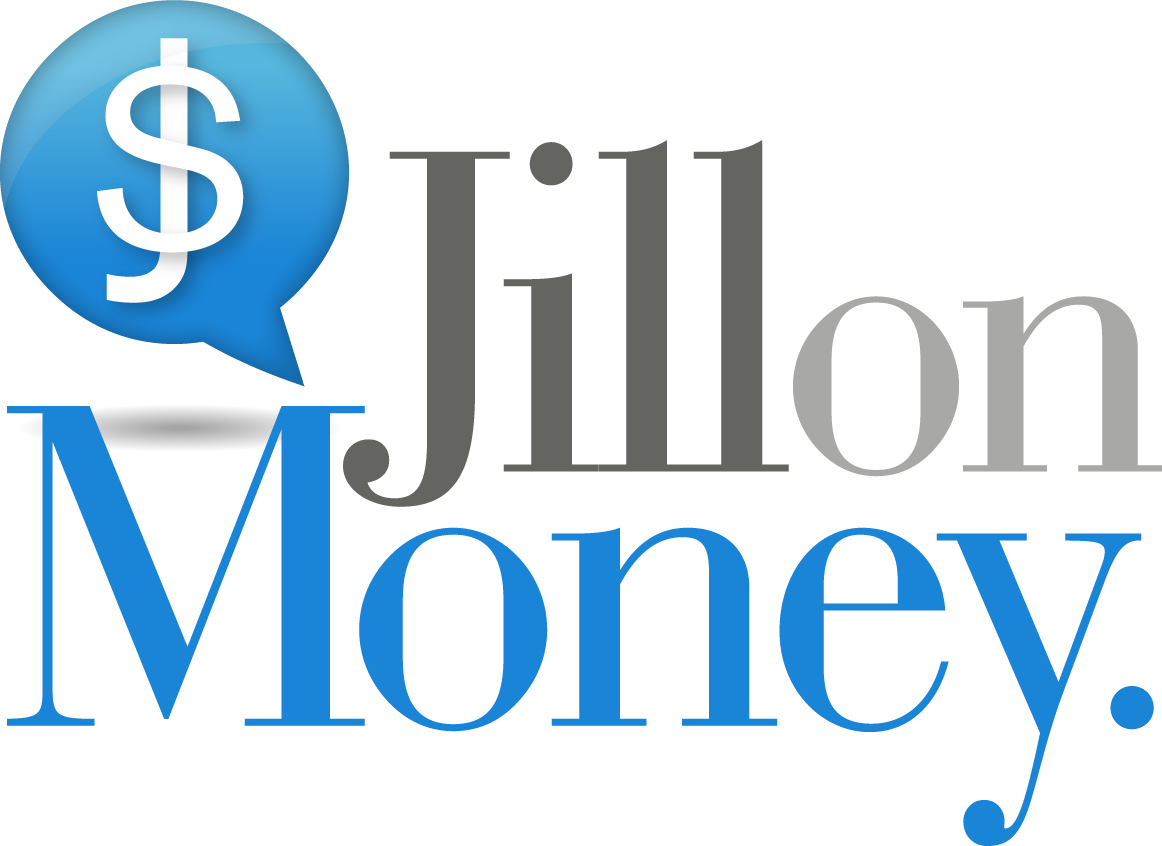Bond Market Forces Trump to Blink
It has been a dizzying ten days since President Trump displayed his poster board tariff plan in the Rose Garden. Financial markets have been roiled, trading partners have volleyed back tariffs of their own, and one week after the original announcement, the President backed down from some of the more extreme tariffs that he had originally laid out.
As of this writing, we are in a 90-day pause of the reciprocal tariffs, which have been replaced by a universal 10 percent rate, with one big exception: China, which will now be tariffed at an astounding 145 percent rate, and in return, U.S. goods sent to China will be subject to a 125 percent rate. Previously enacted tariffs on autos, auto parts, steel and aluminum, and non-USMCA-compliant goods from Canada and Mexico remain in place.
Late Friday, the administration announced that certain tech goods, including semiconductors, smartphones, computers, SD cards, and flat-screen TVs would not be subject to the additional reciprocal tariffs, but they would instead be subject to the 10 percent blanket tariff on all imports to the U.S., and 20 percent if they are imported from China.
According to Census Bureau data, the exempted products accounted for about $100 billion in U.S. imports from China last year or 23 percent of total imports from the country. Last year, 26 percent of all imports of the excluded products were from China, but 81 percent of smartphones and 78 percent of computer monitors came from there. Importantly, the U.S. is now putting a higher tariff rate on imported parts that are used in U.S. manufactured products than on the finished product that is 100 percent manufactured outside of the U.S.
Although much attention was placed on the stock market, it was the bond market that caused Trump to blink. As a reminder, a bond purchase is essentially a loan to an entity, which can be a government, a state, a municipality, or a company. The loan is established for a predetermined period, at a fixed rate of interest. Borrowers are on the hook for interest payments, either at periodic intervals (usually every six months), or at the end of the agreement, when they repay the obligation in full.
Of all the bonds available, those issued by the U.S. government are seen as the safest, because it has generally been unthinkable to consider that the U.S. government would not repay its obligations. Typically, in moments of stock market frenzy or when recession fears spike, investors will sell risky assets, like stocks, and pile into the safety and security of U.S. government bonds. In fact, this is what happened in the two days after the reciprocal tariffs were announced. Prices jumped and the yield on the 10-year treasury dropped below 4 percent, a level not seen since last October.
The global financial system relies on a well-functioning U.S. bond market and at the beginning of the trading week, the bond market was showing signs of stress. All of the sudden, investors were selling government bonds, pushing long term interest rates higher. There were likely a few reasons for the reversal, including: some investors were selling bonds to cover stock market losses; hedge funds were unwinding complicated strategies that moved against them; and foreign investors were selling in response to the start of the tariff war.
According to Nobel-prize winning economist Paul Krugman, the Trump tariffs “have disrupted the plumbing of the financial system, leading to soaring interest rates on U.S. government debt.” Trump officials, who cavalierly discounted the initial sell-off in the stock market were forced to acknowledge that the much larger bond market reaction was flashing a big warning sign that read “STAND DOWN ON TARIFFS!” and that’s exactly what President Trump did when he blinked and announced the 90-day pause.
Even with a pause, tariff levels remain steep. According to analysis from the Budget Lab at Yale University, we are at an effective tariff rate level not seen since 1933, which will likely slow down growth, increase prices and lower profits. Although the possibility of a recession is still significant, it is not a foregone conclusion. The outcome hinges on the ultimate level of tariffs and how long they remain in place.
One big hurdle will be both consumer and business confidence, both of which have taken a nosedive recently. As we have learned over the past 10 days, sentiment can shift on a dime, plunging markets into chaos, or propelling them higher. That’s a good reason to hold steady and avoid making any changes in your retirement or investment accounts, unless you need the money within the next 12-18 months.
